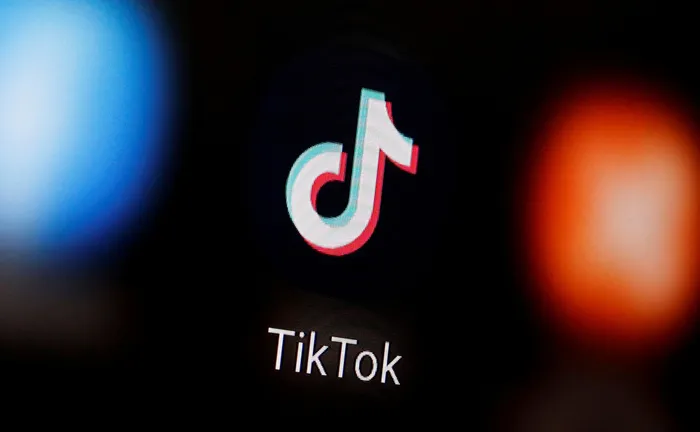TikTok introduces feature that will make the app more accessible to people with epilepsy

A TikTok logo is displayed on a smartphone in this illustration. File picture
TikTok has introduced a new feature that will help people with photosensitive epilepsy to automatically skip videos that may trigger seizures.
A few months ago, TikTok created a feature that warns creators if their uploads contain effects that could trigger photosensitive epilepsy. Now, with the help of epilepsy advocates the company has rolled out yet another important accessibility feature to protect people from photosensitive content.
With this new feature, viewers who come across a photosensitive video will receive a notification inviting them to "Skip All" future photosensitive videos.
“Over the past few months, our team met with epilepsy advocates who shared feedback on how we can improve our platform. Based on these conversations, we launched a feature a few months ago that warns creators when they produce videos with effects that could trigger photosensitive epilepsy. In the coming weeks, we'll be introducing another important accessibility feature to protect people from photosensitive content,” said the company in a statement.
According to the Epilepsy Foundation, 1 in 26 people in the United States will develop epilepsy at some point in their life, and 1 in 10 people will have a seizure during their lifetime. Flashing lights or contrasting light and dark patterns can cause people with epilepsy to have seizures.
The company said the changes they are making to their platform are designed to make TikTok friendlier for everyone, especially those who live with epilepsy.
“While the population of those with photosensitive epilepsy is small, the impact can be quite serious. It is great to see TikTok addressing this issue by making changes to their platform so that people in our epilepsy community can feel protected when viewing content on TikTok. We are proud to have worked with TikTok on this initiative and truly appreciate our continued collaboration,” said Laura Thrall, president and CEO of the Epilepsy Foundation.
The short-form video platform is working with a number of leading epilepsy organisations around the world to spread the word about the new feature and bring awareness to epilepsy in general.
IOL TECH
Related Topics: